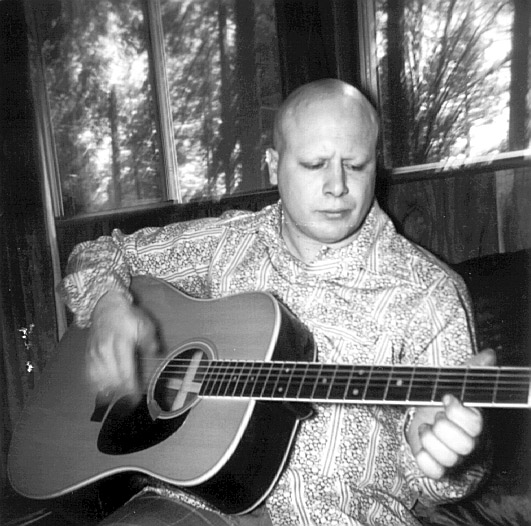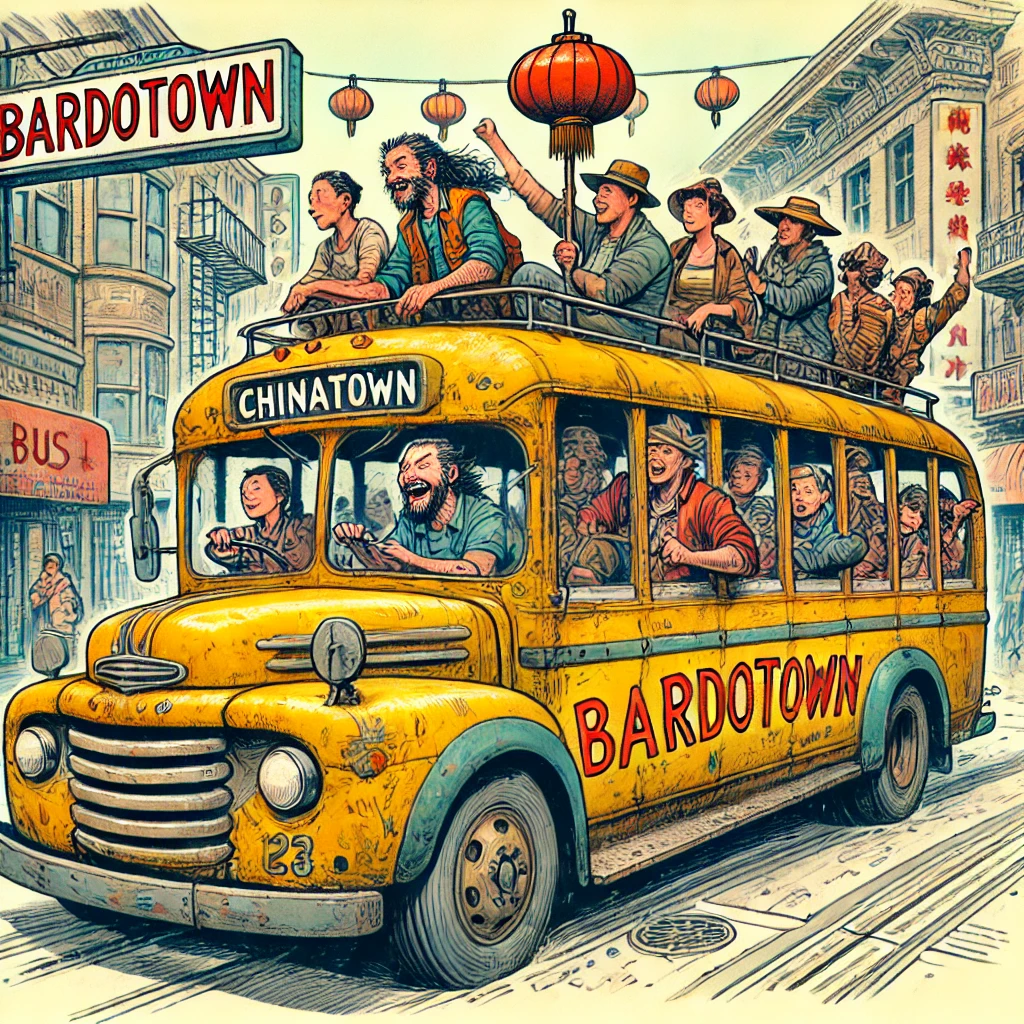
From Ancient Rhymes to Modern Times: The Art of Poetry enhanced with Music
For as long as humans have gathered around fires or under starlit skies, we’ve shared our stories through words, rhythm, and song. Long before ink met parchment, the art of storytelling wasn’t just something to read—it was something to hear, to feel, and to move to. In those days, poetry was inseparable from music. Words were spoken in rhythmic chants, set to a beat with rhyming words at the ends of sentences, that made them easier to memorize and share.
Think back to the ancient epic Beowulf—those tales of heroism and struggle were delivered through a cadence that echoed in the halls of kings. The storytellers, called scops or bards, would use rhythm and rhyme to bring their tales to life, helping listeners follow along and remember every word. And in villages everywhere, storytelling was a communal experience, often involving singing, dancing, and clapping along. It was the original way to spread stories and preserve the wisdom of the past.
Shakespeare used couplets and quatrains and rhyming iambic pentameter to help the actors learn the lines, and keep in mind that at that time, no two performances of a play were ever the same. Shakespeare only issued parts of the script, never the whole thing, until it was published in quarto and folio editions.
This tradition of poetry set to music wasn’t just about entertainment—it was about connection. People would gather together, sharing in the rhythm of a verse and the emotion of a story. Rhyming wasn’t just a stylistic choice; it was a tool to ensure that important tales were passed down accurately from one generation to the next. Poetry, set to a beat, became a part of our human fabric.
Fast forward to today, and while the tools may have changed, the essence remains the same. Songwriters now stand where the ancient bards once did, with a unique opportunity to put their poetry to music and reach a far larger audience than ever before. With a melody to carry the words, a songwriter can transform a poem from something that’s read into something that’s felt. A simple chord progression can amplify the emotion behind a verse, and a catchy chorus can make a line unforgettable.
Ultimately it’s all about the hook.
But there’s one key difference today from ancient times: most poets these days just aren’t musicians. And that’s where modern technology steps in. With programs like Suno and others, poets have a new way to bring their words to life through music. These tools can help create custom melodies and arrangements, specifically designed to match the rhythm and mood of their poetry. For the first time, poets can hear their words set to music without needing to play an instrument themselves.
This opens up incredible opportunities—not just for poets but for musicians as well. With a demo in hand, a poet can offer their song to artists who might be looking for new material. The artist who buys the rights can then re-record it in their own style, adding their voice and unique touch to the composition. This collaborative spirit is easier and more accessible than ever before. In the past, creating a convincing demo required a lot of equipment, studio time, and often a whole band. Now, with the right software, a poet can take their vision from verse to melody with just a few clicks, but it doesn’t end there.
It’s up to the artist to inject the song with life, which means selection of genre, instrumentation, timing and much, much more, all of which is governable with the use of keywords.
Ultimately, the idea is to present the song, not necessarily that particular version of it — the arrangement can be changed, the vocalist can be changed and the instrumentation and the key can all be changed in the live studio recording.
Leave aside all the complaints about ai music generation, and you’re right — it is stiff and mechanical, and there are limits to the intelligence, but that isn’t important right now, because your whole intention is merely to present the song, apart from the arrangement.
It’s just a demo, for god’s sake.
The result of this emerging technology? A new way of working together, where poets and musicians don’t have to be experts in each other’s crafts to create something beautiful. They can focus on what they do best, and let the technology help them bridge the gap. It’s a perfect blend of ancient tradition and modern innovation, where the art of storytelling continues to evolve.
Whether you’re a poet with a passion for words or a musician with a gift for melody, remember that you’re part of a long lineage of storytellers. You have the chance to weave your own stories into the rich tapestry of song, to give voice to feelings and ideas that connect us all. And who knows? Maybe the song you write today will be the one that others hum tomorrow, keeping the age-old tradition of poetry and music alive and thriving.
Traditionally, writing a song is as much about collaboration as it is about creativity. You’d meet with your band, play through the song, and adjust it together, finding that perfect balance between lyrics, melody, and rhythm. Each rehearsal, every adjustment, helps shape the song into something that feels just right, bringing out the magic in the music. It’s a process of listening, tweaking, and refining until you capture the sound you want.
Working with a program like Suno follows a similar spirit, even if the tools are different. You start with the essence of your song—those words, that melody—and then explore different variations, listening closely to what each version brings to the table. Suno allows you to adjust the mood, instrumentation, and tempo, offering up multiple takes until you find the one that speaks to you. It’s like being in the rehearsal room, but with a digital band that can adapt on the fly.
The beauty of this process is that it puts creative control right at your fingertips. Instead of relying on others to interpret your vision, you can experiment and explore until you discover the sound that best matches the heart of your song. It’s not just about finding a melody; it’s about crafting a vibe that complements the poetry and turns it into a full experience. And when you hear that perfect variation, the one that feels like it’s telling your story just right—you know you’ve found your track.
Whether you’re working with a band in a studio or exploring soundscapes through a program like Suno, the goal remains the same: to find that magical moment when words and music align, creating something that resonates deeply with listeners. With modern tools, that moment is more accessible than ever, allowing poets, musicians, and dreamers to shape their songs in ways that might have once seemed out of reach.
You used to have to lay out thousands of dollars just to get a demo of one song. That’s all changed, and now you can make a demo for nothing. That’s right — for nothing. When you’re making these soundbytes, think “demo” and you ‘ll get it.
==================================================================

Yep, it’s time again for our daily adventure! Climb aboard the Bardo Bus!!!
See You At The Top!!!
gorby

